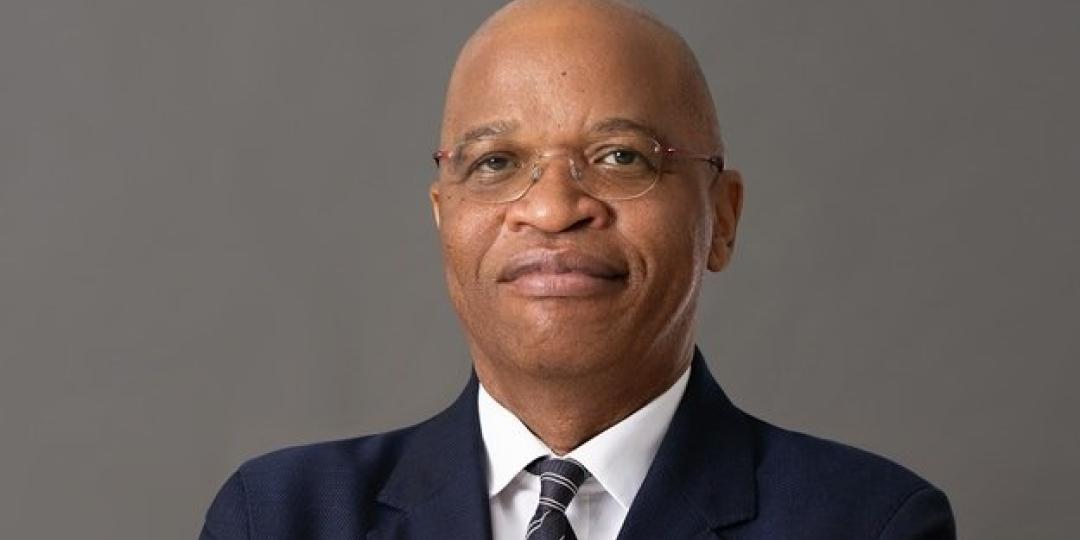SAA wants to get back to flying long-haul routes, and São Paulo and Perth will be just the first in a string of overseas routes, says the airline’s Interim CEO, Professor John Lamola.
“As the national carrier, we have a responsibility to ensure that the country has uninhibited access to its global trade partners,” he said, speaking to Tourism Update during the inaugural flight of SAA’s relaunched route to Malawi on Thursday, March 16.
The airline is currently engaged in sourcing the right equipment. “This is the second phase of the relaunch of the airline,” said Lamola. “The fleet that SAA inherited was dictated by the Business Rescue Plan and it meant we received only two widebodies, an A340-300 and an A330-300. We are presently acquiring another A330ER for the São Paulo route, and for the coming Perth flights we are currently in discussions with Airbus over the acquisition of an A350 during our current financial year, 2024.”
Lamola said beyond those two acquisitions, SAA looked forward to fielding a mixed fleet and is currently in discussions with both Airbus and Boeing with a view to aircraft acquisitions in the 2025 financial year.
This will mean that from June 2023, SAA (having started its new life in September 2021 with six aircraft) should have a minimum of 12 aircraft, three of them widebodies for long-haul operations. Aside from these, it would continue to wet-lease additional aircraft according to seasonal needs, said Lamola.
High airfares
Aircraft are hard to come by presently, as airlines experience a massive surge in demand. So it makes sense that when an airline can secure equipment, it can be used on the most profitable routes. This was one of the reasons domestic fares had remained high in South Africa, Lamola said.
“Yields are higher on regional routes than on domestic. When SAA went into Business Rescue, it left a vacuum in the region, and other carriers were quick to put capacity into those regional routes.”
Because additional capacity coming into the market continues to be used on regional routes rather than domestic, domestic capacity continues to be constrained. And constrained capacity means high airfares.
Added to this is the fuel price. “The world has changed since the Ukraine war. Brent crude is twice the price it was in 2020. South Africa’s jet fuel is mainly imported as we don’t have enough refining capacity.” Fuel costs will remain high according to Lamola.The airline has already divulged its long-term wish to resume most of the long-haul routes it operated before its collapse and rescue. It is expected that the carrier will re-start flights to London Heathrow, Frankfurt, Washington DC and New York (JFK). And the word is that it is also contemplating another route into Australia, possibly Melbourne.
Will the airline be able to remain lean and economical as it expands, given its past reputation as an overblown, dysfunctional and staff-heavy SOE?
“Fundamentally, the new SAA is not the same at all as the old SAA. That (old) SAA was managed on the mentality that profit was not important. The government dictated the routes, and many were loss-making. It had 54 aircraft and a staff of nearly 11 000. Now we have 10 aircraft and a staff of around 2 500. We are aiming at having 28 aircraft by the end of the 2027 financial year, and then we would expect to have a staff of around 4 000 members,” said Lamola.
Malawi is SAA’s latest regional route to relaunch. The airline currently flies a triangular route JNB-BLZ-LLW-JNB on Thursdays and Sundays.
























